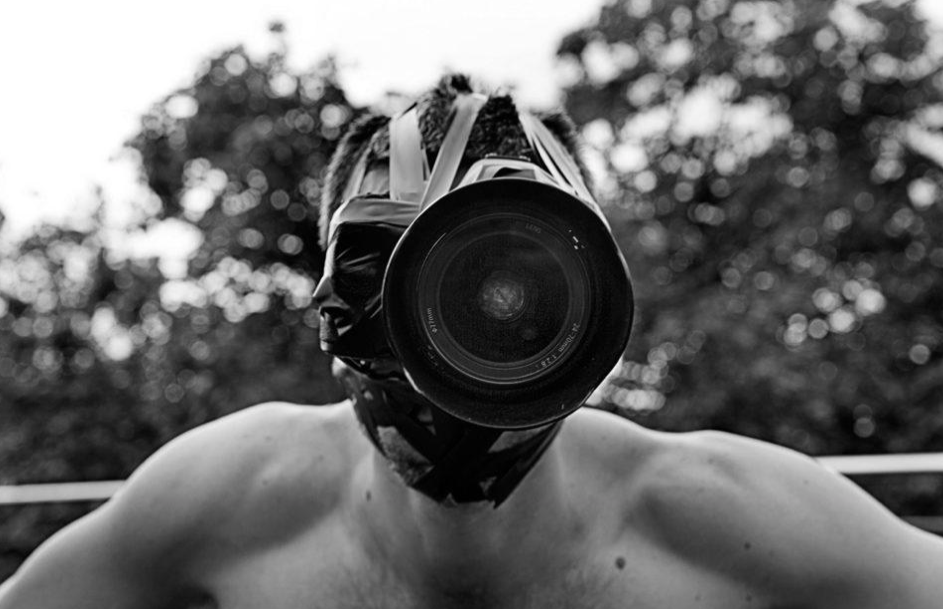Strangelove Time-based Media Festival present: Past, Present, Future. What is Time-based Media?
1pm -2pm registration
2pm - 5.45pm Symposium
"The perception of temporal duration is crucially bound up with memory. It can be understood as a feature of our memory of an event and it is perhaps specifically our memory of the beginning and end of the event that allows us to form a belief about its duration.” *
*(Adapted from “The Experience and Perception of Time”, Stanford Encyclopaedia of Philosophy, Robin Le Poidevin, 2015)
Questions about the role and relationship of duration and memory have been, and will continue to be a central concern to artists working within time-based media, a term first coined by David Hall in the 1970’s. Since those early days when 8mm film cameras and video first became generally available, to the present day when new social platforms have become common place; publication and distribution of time-based media is now in the grasp of everyone. Most people carry phones that record images, sound and moving image at a quality that would not have been possible even a few years ago, such is the pace of innovation. The means of production and distribution have become more accessible, the stigma of self publishing has been removed and artists and filmmakers are developing new ways to distribute and control their output.
The afternoon will begin with a rough history of video art by artist and writer Chris Meigh-Andrews who also will chair the programme, followed by presentations by Larry Achiampong, Manuel Vason, Jane England, Keith Piper and Lois Keidan. The invited speakers will each present their own personal ideas and approaches to issues that are relevant to their practice and show visual examples of their work. This will be followed by an opportunity for further discussion about past, present and future of time-based media.
Chris Meigh-Andrews is an artist and writer and Professor Emeritus of Electronic & Digital Art at the University of Central Lancashire. He is the author of A History of Video Art, which explores the origins of video art and how new technologies continue to change and alter the way that artists and audiences engage with the media.
Lois Keidan is a co-founder and the Director of the Live Art Development Agency (LADA) which develops specialized resources, opportunities, projects and publishing activities for artists, audiences, students, researchers, teachers, writers, producers and promoters in the UK and internationally.
Jane England is an art historian and gallery director/curator of England & Co. England will be discussing the works she has selected for this programme made by three women artists who emerged in the 1970s and ‘80s: Tina Keane, Lynn MacRitchie and Anne Bean. She will touch on their connectivity and collaborative histories, and how film and performance functioned as part of their individual practices.
Keith Piper is a British artist, curator, researcher and academic. Piper’s work explores the issues of racial, gender and class identity by presenting the viewer with what the artist describes as an ‘open-ended and contradictory puzzle of elements’ designed ‘to tease and irritate the spectator.
Larry Achiampong is an artist who’s solo and collaborative projects employ imagery, aural and visual archives, live performance and sound to explore ideas surrounding class, cross-cultural and post-digital identity.
Manuel Vason coined the term PhotoPerformer and is fascinated by is the correspondence between the art of photographing and the art of performing exploring how two separate art forms cam coexist and express, through collaboration and the creative tension of their differences.

